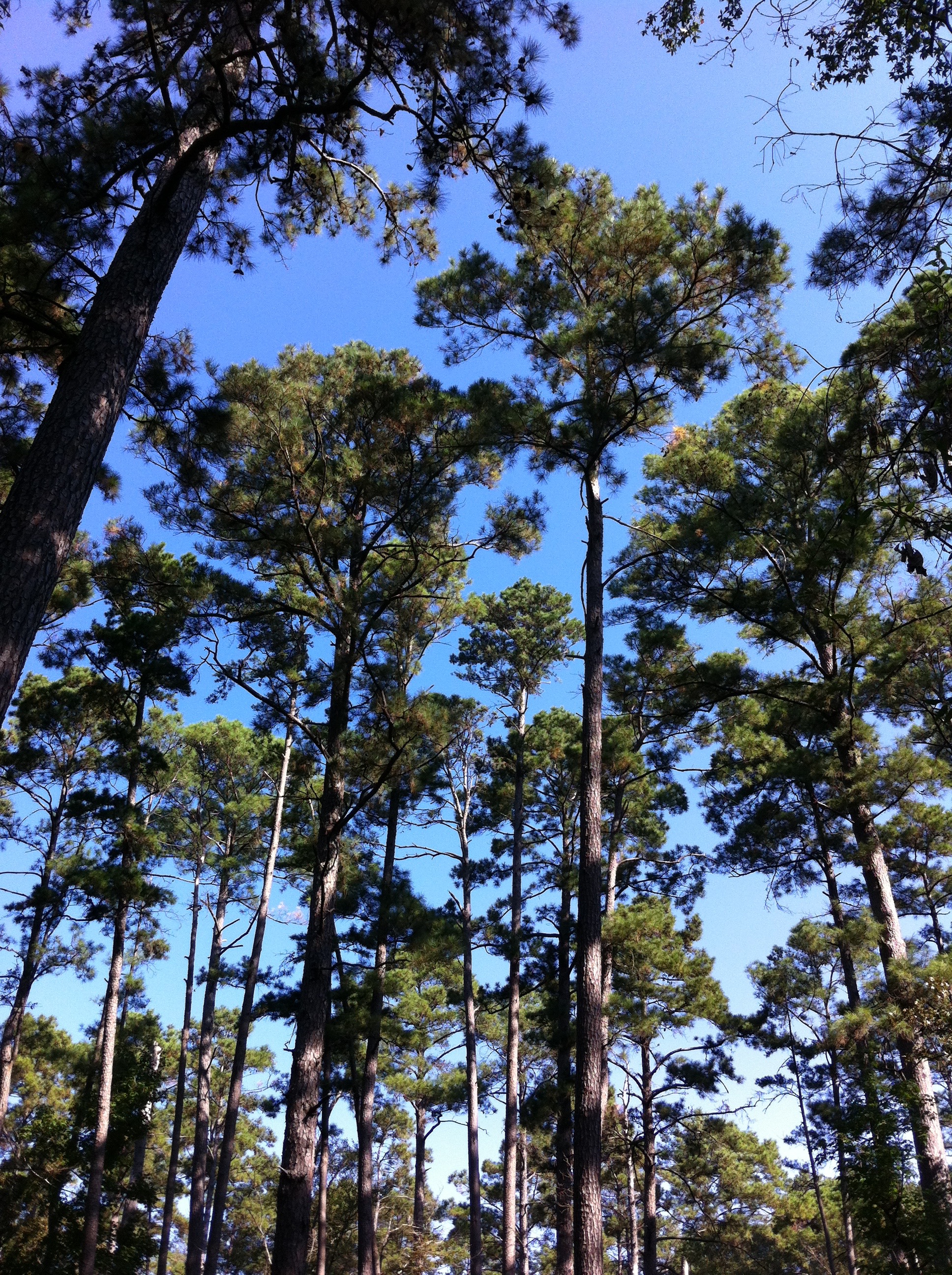Sierra Club Comments on Compartments 48, 49, and 53 Project in Sam Houston National Forest
The Houston Regional Group and Lone Star Chapter of the Sierra Club (Sierra Club) submitted scoping comments to the U.S. Forest Service (FS) for the Walker County Southern Pine Beetle Resilience and Wildlife Habitat Improvement Project (Compartments 48, 49, and 53) in Sam Houston National Forest (SHNF).
This proposal includes pine plantation thinning (thin logging, mastication, and prescribed burning) on 500 acres that are less than 30 years old; thinning (thin logging, mastication, and prescribed burning) of 775 acres of 30-80 year old pine stands; mature thin logging and stand regeneration (regeneration harvest, site preparation, and planting) on 1,580 acres, with up to 415 acres of regeneration harvest; and mastication and prescribed burning of 95 acres.
The Sierra Club visited Compartments 48, 49, and 53 on September 5, 2016. Sierra Club comments included:
1) The public notice does not state what Management Areas, designated by the 1996 Revised Land and Resource management Plan (RLRMP) for the National Forests and Grasslands in Texas (NFGT), would be affected by this proposal.
2) The FS should state clearly, when it says, “improving habitat for various species of wildlife” which species of wildlife will have habitat improved and how the condition of the habitat would be improved with this project.
3) The 40% herbaceous understory ground cover given as a standard that must be met before a 1-2 year prescribed burn frequency will be adjusted will be very difficult to achieve in parts of SHNF.
4) For thinning (thin logging, mastication, and prescribed burning) 775 acres of 30-80 year old stands, the FS does not state specifically that variable density thin logging will be conducted in these stands, although the public notice says that these stands will be thinned to 70 to 80 square feet of basal area. The FS should use the phrase “variable density thinning” for this proposal.
5) The FS refers to regeneration cuts (clear-cuts) of up to 415 acres. The FS states that Shorteaf Pine would be planted in these areas. The Sierra Club assumes that these regeneration sites will be analyzed to ensure that from a topography, soil, moisture, and vegetation standpoint that these stands are conducive and would have historically been areas that Shortleaf Pine would have grown. The logging of these areas must restore the Shortleaf Pine Ecosystem.
6) While the FS uses the title “Masticate/Prescribe burn – 95 acres”, in the narrative for this proposal it states “mastication of existing fuels in the form of smaller diameter trees that contribute to ladder fuels and thinning of co-dominant trees in the overstory (to break up the canopy) is prescribed.” The title is misleading because while it refers to mastication and prescribed burning in reality there will be logging. How much logging will be done, what types of trees will be logged, what type of logging will be done, what amount of basal area will be removed, how much will the canopy be “broken up”, and other questions are not answered in the public notice.
7) The public notice does not address the creation or retention of snags (standing dead trees) and coarse woody debris (CWD, downed trees). The approved Texas Wind Event Project requires a certain number of large diameter (greater than 20 inches) trees be retained on the ground as CWD. The SHNF and Davy Crockett National Forest have approved salvage sales in the past five years where CWD was left in areas that were salvage logged. It is appropriate, to provide wildlife food and shelter, erosion control, and soil enrichment, via the retention of a certain number of CWD for this proposal.
8) Compartment 53, Stand 5, is 32 acres and a Post Oak-Black Oak forest type. This is a rare forest type in SHNF. The Sierra Club recommends that careful hand burning be done in this stand to perpetuate the dominant Post Oak trees.
9) Upland overstory and midstory hardwood trees, both singly and in groups, should be flagged and protected during logging operations as required by the Red-cockaded Woodpecker Recovery Plan. Upland hardwood trees that should be flagged and protected include Blackjack Oak, Post Oak, Black Hickory, Red Mulberry, Southern Red Oak, and White Ash. Large specimens of Sweetgum, Winged Elm, and Water Oak should also be left. Small, understory or midstory fruit trees that should be be flagged and protected include Flowering Dogwood, Farkleberry, Mexican Plum, and Fringe Tree.
10) The Sierra Club recommends that all recreational trails in Compartments 48, 49, and 53 be buffered at least 50 feet on each side with a no cut zone. Large vehicles should not be driven on recreational trails except for occasional perpendicular crossings. Any vehicle crossings of recreational trails must be restored immediately after project actions are complete. Recreational trails should not be used as fire-lines.
11) The Sierra Club recommends that streamside management zone (SMZ) buffers be marked and that no logging occur in these areas. The headwaters of Gum Branch are found in Compartment 53; the headwaters of East Sandy Creek are found in Compartment 49; and East Sandy Creek and its tributaries are found in Compartment 48. The Sierra Club has seen a Bald Eagle in Compartment 48. The pine stands that fringe these bottomland forests should be protected because of the mesic vegetation diversity (for example, Mayapples) that exists between the bottomland and upland areas. Extensive hardwood-palmetto flats exist in the East Sandy Creek floodplain in Compartment 48.
12) The FS should conduct non-native invasive species monitoring and control for Chinese Tallow, Mimosa, Japanese Climbing Fern, and feral hogs.
For more information about the Sierra Club comments contact Brandt Mannchen at brandtshnfbt@juno.com or 713-664-5962.
Brandt Mannchen
September 22, 2016